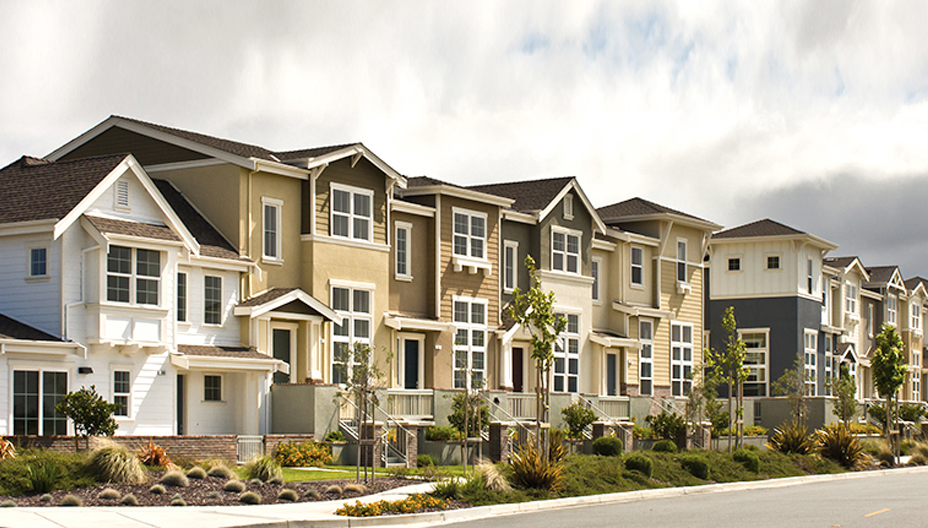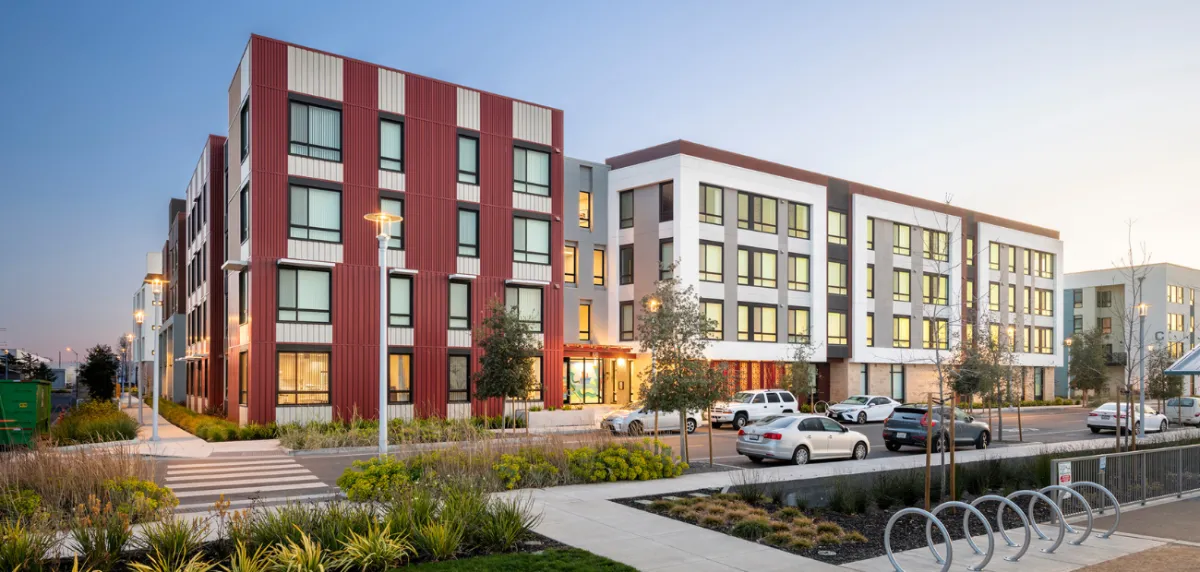By: Ben Colonomos, Forbes Real Estate Council, December 14, 2020
The multifamily sector has long held strong against uncertainty and economic swings, and the Covid-19 pandemic has proven to be no exception. While investors may shift toward new product classes during the current downturn, multifamily as a whole continues to offer an attractive option for both private investors and institutions seeking protection from economic storms.
Why Investors Like Multifamily During Uncertain Times
Because people always need housing, multifamily properties historically perform better than other commercial real estate classes. In contrast to office and retail, which ebb and flow dramatically with supply-and-demand cycles, multifamily typically remains stable and often continues to grow when other parts of the market constrict.
In addition, demand for rentals has continued to grow over the past several years. Individuals and families, young professionals and baby boomers make up a growing renter demographic that spans generations and income levels. While many people rent out of necessity, a growing number of renters have chosen that option for the flexible and community-oriented lifestyle it offers. That trend has opened up a wide opportunity pool for properties across multifamily classes, from A-class luxury to C-class workforce housing.
An October 2020 report from Newmark Knight Frank describes Covid-19 as an accelerant for buyers preferring defensive property types including multifamily. The pandemic also enhanced targeting cities where there is room to grow — like less densely populated metros.
The report also points out that in the absence of for-sale opportunities in the industrial market, multifamily offers investors an attractive option due to its high level of liquidity. Data in that report supports the draw as multifamily investment sales volume accounted for 34.3% of CRE volume between April and August 2020 — a period with significant pandemic lockdown orders and business limitations or closures across the country.
How Covid-19 Impacted Multifamily Investment
An accelerated move toward suburban areas might become the most striking shift sparked by the pandemic. Although we have seen that trend in action for several years, the realities of social distancing appear to favor communities with less density and more features to meet the needs of renters not only working from home but spending more time there in general.
The report from Newmark Knight Frank bears out that shift, with data showing that 65.4% of multifamily property investment between April and August went to garden-style apartments. Newmark Knight Frank also points out that investors who typically place capital in safe haven-type markets are now open to suburban areas as a result of potential concerns generated by the pandemic — overcrowding and mass transit.
Throughout the pandemic slowdown, rent collections and occupancy rates have remained high in the sector. As of November 20, 90.3% of renters had paid rent in full or in part, according to the National Multifamily Housing Council’s Rent Tracker. That number sits only 1.6% below the same period last year. In a time of employment fluctuations and uncertainty, those figures paint a hopeful picture.
As of November, occupancy rates in urban core apartment towers sat at 92.7% compared to middle-market Class B properties, like garden-style or low-rise properties, which show an occupancy rate of 95.8%.
Gateway cities, such as San Francisco, New York and Seattle, have seen spikes in lease-originations; however, many of these new leases are existing renters who have been lured to new properties or units by pandemic-related concessions. Sun Belt cities have not experienced the same flight patterns among renters.
Investment Outlook
During Covid-19, mostly private investors have made moves in multifamily, but large investors have indicated their preference for multifamily and industrial moving into the last quarter of the year and for 2021. Newmark Knight Frank expects a $205 billion influx from the institutional side, which now sits in closed-end real estate funds. They report an expected $80 billion has been earmarked for the remaining two months of 2020.
Both private and institutional investors continue to show interest in multifamily properties. As a result, I believe we can be optimistic about this asset class. Consumer behaviors and property performance in the midst of an uncertain economy as a result of the pandemic show this class as an important one. There may even be room for further demand growth as the impacts from the pandemic cool.












